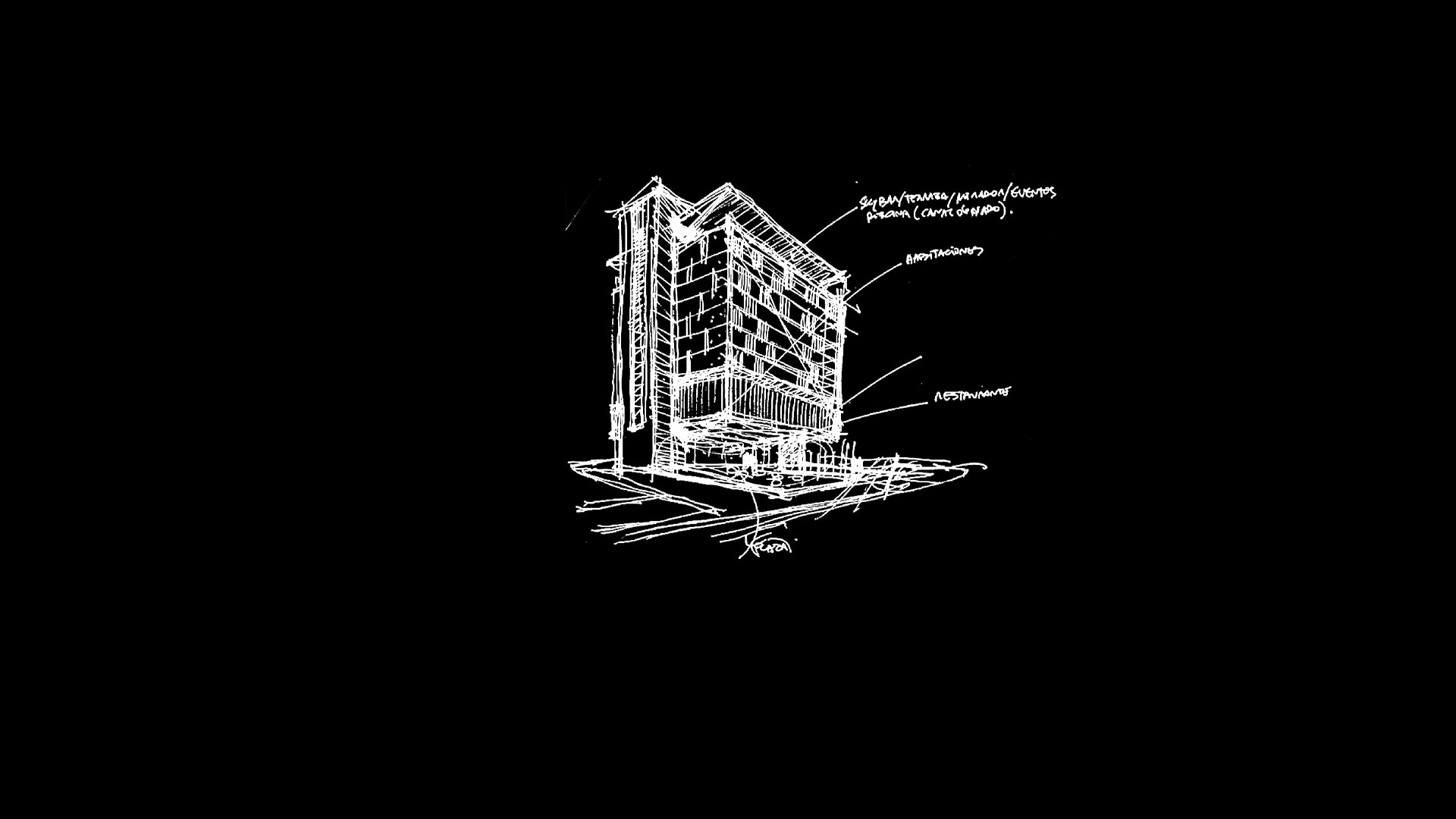

Reading time: 7 minutes
Embarking on a Real Estate project involves numerous challenges, from location and scale to the complexity of mixed uses. These hurdles are relevant not only for experienced developers but also for landowners, investors, and newcomers to the sector. A clear development plan with well-defined goals and timelines, coupled with guidance from an experienced interdisciplinary team, is essential for bringing successful projects to life.
At Gómez Platero Arquitectura y Urbanismo, we strive to be strategic partners for our clients in every project—not just through architectural design but by leveraging a deep understanding of business models and connecting clients with the necessary resources and collaborators. With over 20 years of international experience, we deliver impactful ideas that benefit three key stakeholders: the end user, the developer, and the city.

Three Determining Factors for Real Estate Project Success:
1 | Understanding the Market and Anticipating Trends
Staying ahead in today’s Real Estate market demands flexibility and a deep understanding of varying realities and trends. Conducting thorough market and territory analysis ensures a precise understanding of sector needs before launching a project. This approach allows architectural products to transcend current demand, uncovering emerging opportunities within the market.
International experience plays a crucial role in applying insights from past projects to new contexts. Working in multicultural environments fosters adaptability and the ability to understand diverse perspectives, resulting in innovative, effective solutions tailored to each project’s unique needs.
Programmatic flexibility is also vital: the future is mixed-use.
Mixed-use buildings create dynamic spaces that enrich urban living. These structures must be adaptable to the changing needs of users, blending functions harmoniously to promote interaction and reduce boundaries between indoor and outdoor spaces. This approach enhances urban vitality, encourages diverse uses, and optimizes land use while reducing travel needs and fostering social engagement.
Integrating multiple uses within a project maximizes space, enhances value, and creates sustainable, vibrant environments where each element complements and enriches the others.
2 | Beyond “Location, Location, Location”
While the age-old principle of "location, location, location" remains critical, there are innovative ways to transform underutilized urban areas or create new centers through architectural design. Enhancing the quality of the urban environment not only attracts investment but also generates economic and social benefits for both developers and communities.
Well-conceived urban design can transform spaces, creating new centralities and attracting foot traffic. Encouraging community participation in the planning process strengthens social cohesion and ensures sustainable development. Integrating governance practices fosters transparency, accountability, and equity, reinforcing trust and commitment from the community.
Urban integration presents a significant challenge in today’s Real Estate landscape. User-centered planning, environmentally conscious design, and respect for local identity, culture, and heritage are critical components of successful projects. Recognizing the city as the primary amenity allows developers to enhance urban fabric, improve quality of life for users, and contribute to creating a better city.
3 | Financing and Comprehensive Management
Effective project management is crucial, with every component working seamlessly to form a cohesive team that creates synergies among stakeholders. From project inception to commercialization, developers must secure solid financing and manage costs efficiently.
A well-structured PMO (Project Management Office) is essential to optimize budgets, allocate resources effectively, and mitigate risks, ensuring projects stay within scope and timeline. Navigating permits and zoning regulations is equally vital, as these factors can significantly impact development schedules. Experienced teams are invaluable, particularly in international projects or those setting benchmarks for future developments.
A knowledgeable team ensures regulatory compliance and avoids delays, while strategic design and governance expertise prevent issues related to urban codes and local norms.
Every project, regardless of its specifics, requires adaptability and strategic planning. At Gómez Platero, we position ourselves as strategic partners, fostering collaboration among all stakeholders and across all stages of the value chain. This approach creates synergies that benefit developers, users, and cities alike.
Ready to Start Your Project?
If you're preparing to embark on a Real Estate development, our team is here to bring your ideas to life. Explore how we can collaborate with you through personalized consultation.






